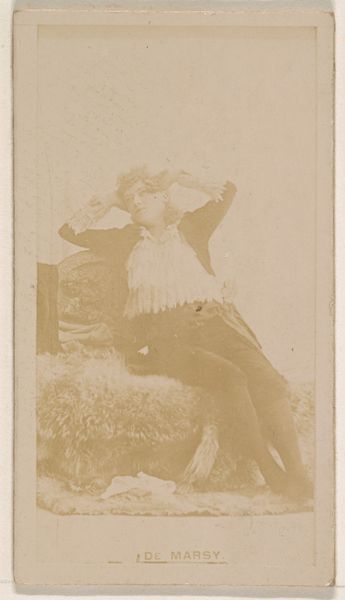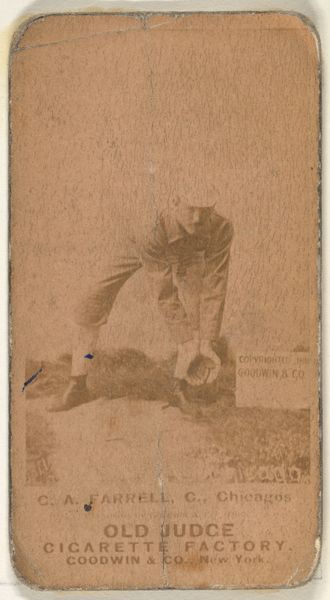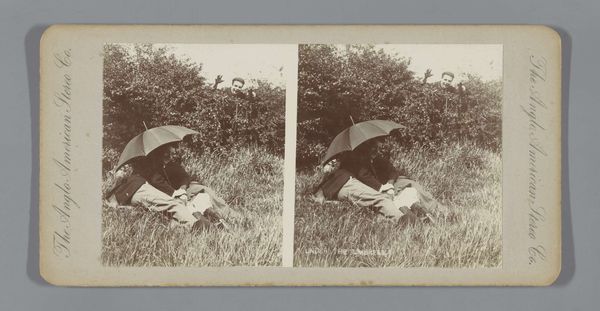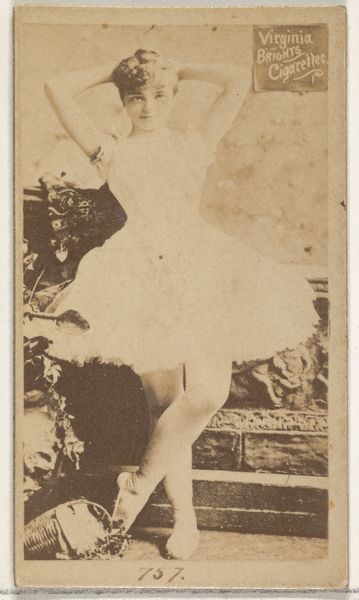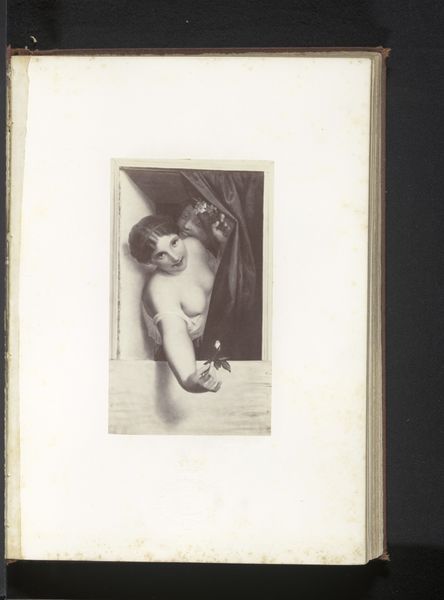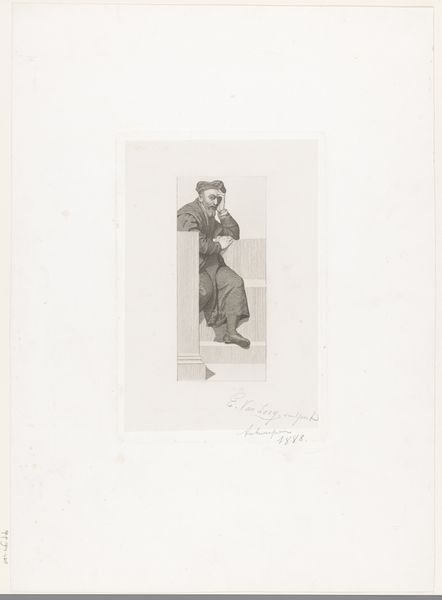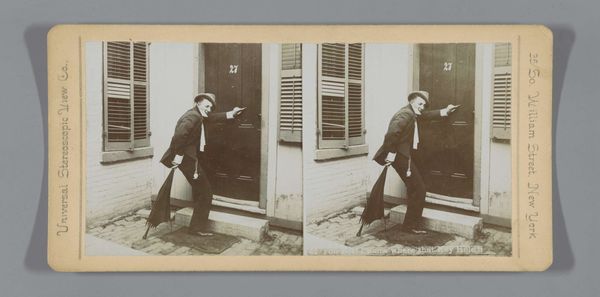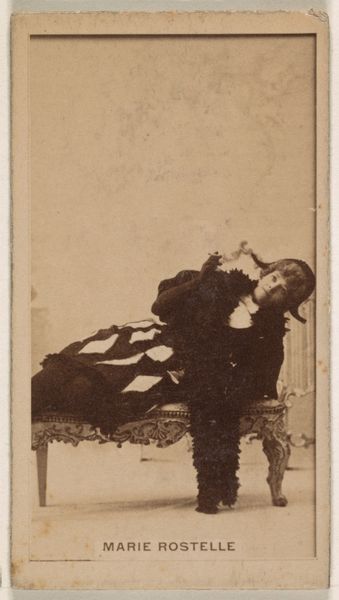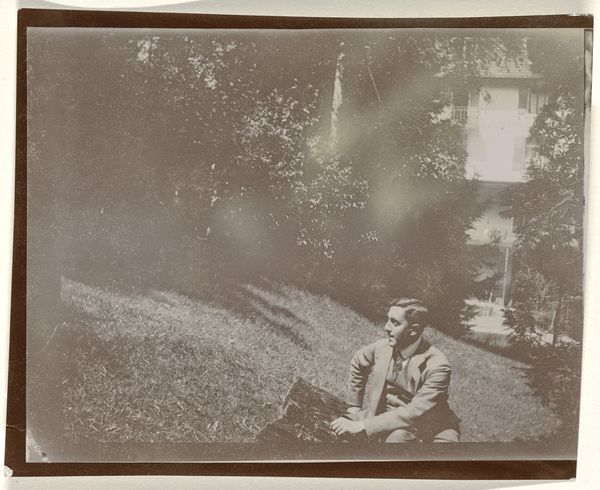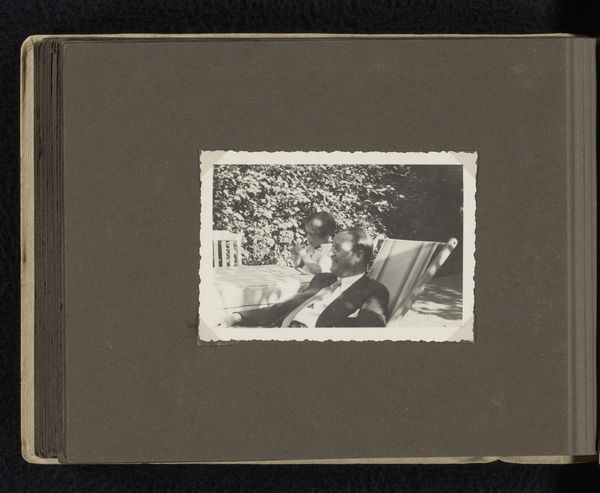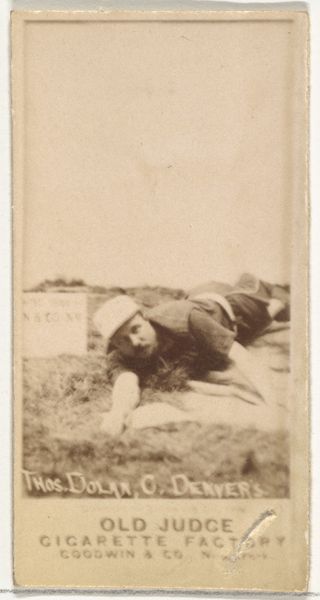
Kittie Mitchell, from the Actresses series (N245) issued by Kinney Brothers to promote Sweet Caporal Cigarettes 1890
0:00
0:00
drawing, print, photography
#
portrait
#
drawing
#
pictorialism
# print
#
photography
#
genre-painting
#
erotic-art
Dimensions: Sheet: 2 1/2 × 1 7/16 in. (6.4 × 3.7 cm)
Copyright: Public Domain
Curator: Ah, yes, “Kittie Mitchell, from the Actresses series,” produced around 1890 by Kinney Brothers to promote Sweet Caporal Cigarettes. What do you make of its composition? Editor: It's oddly charming, actually. The sepia tone gives it a dreamlike quality. The soft focus and slightly blurred edges certainly lend an air of pictorialist sentimentality. Curator: It's fascinating how these tobacco cards, primarily intended as marketing tools, reflect broader cultural attitudes about women, particularly actresses, in the late 19th century. The actress Kittie Mitchell embodies the evolving perception of women's roles during the gilded age, offering viewers a glimpse into her world, her persona carefully constructed and consumed in conjunction with the addictive product it promoted. Editor: The way she reclines, with her legs kicked up... it's surprisingly informal. And look at the details in the lace cuffs; the texture is really highlighted through the drawing medium, as this is both a drawing and photograph! There's an intriguing juxtaposition between the candid pose and that level of refinement. Curator: It highlights how celebrity endorsements have historically objectified female figures. Her likeness becomes a commodity, inseparable from the advertisement of Sweet Caporal Cigarettes and embedded within consumer culture. Mitchell represents more than herself; she symbolizes feminine beauty intertwined with commercial value, and ultimately addiction. Editor: But consider how that informality also humanizes her. The angle of her pose gives us a direct, accessible viewpoint. I keep coming back to the soft focus; its repetition and symmetry throughout suggest this balance between visibility and abstraction. This really creates a visual push-and-pull that captivates me. Curator: It certainly captures the evolving identities of women navigating emerging industrial spaces in the nineteenth century. But, at what cost does their independence come when their images are sold in the service of furthering addictive behaviors? Editor: Well, I find myself returning to the tension in its composition— between capturing her likeness and what the image has come to represent socially, it holds a strangely arresting allure. Curator: Agreed. Looking through this historical lens, we can interrogate broader implications concerning the objectification of female celebrity figures and the evolving nature of commodified desire.
Comments
No comments
Be the first to comment and join the conversation on the ultimate creative platform.

